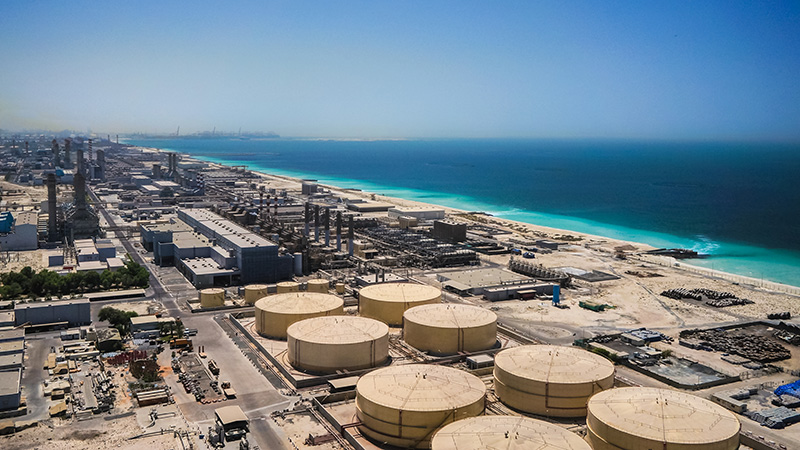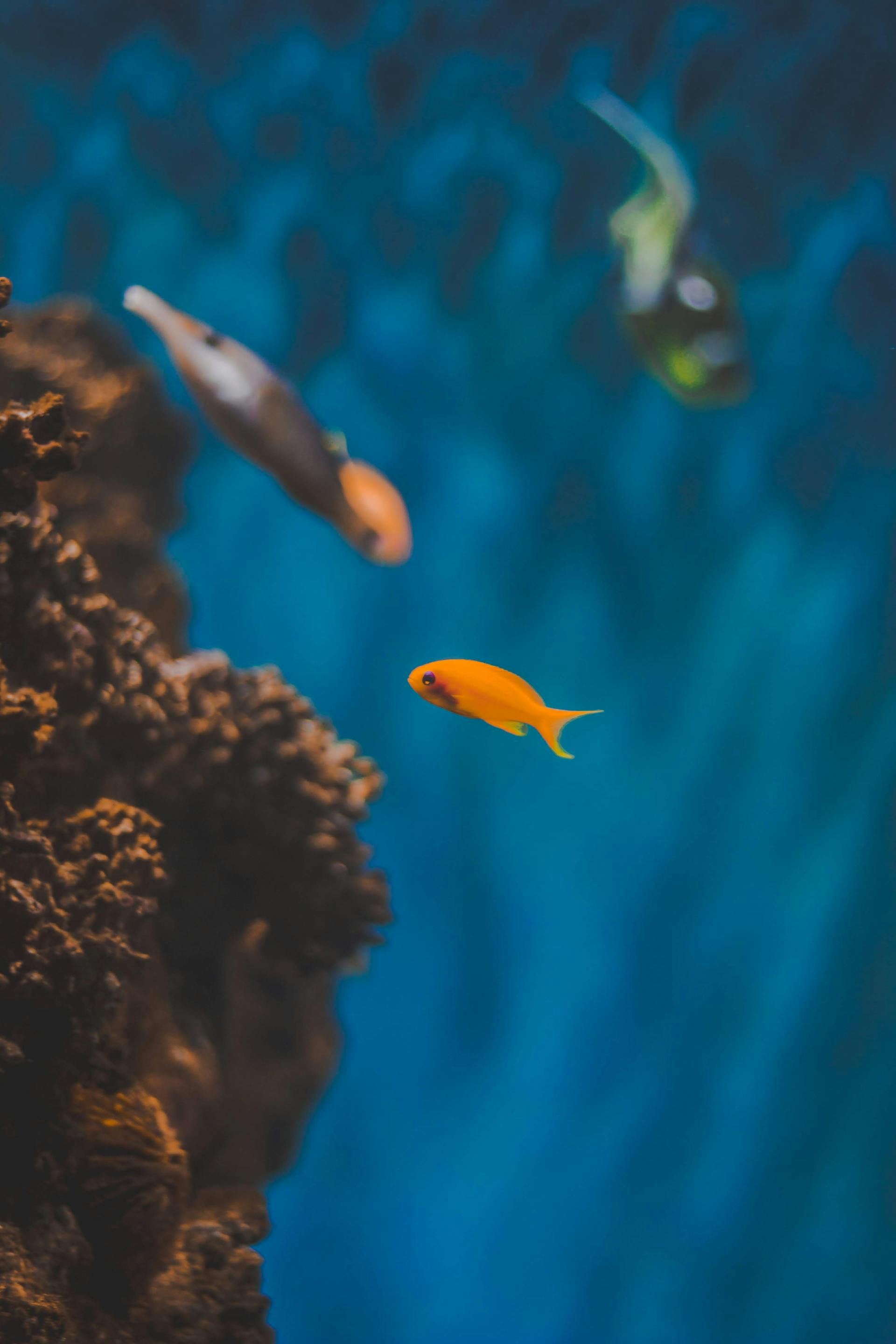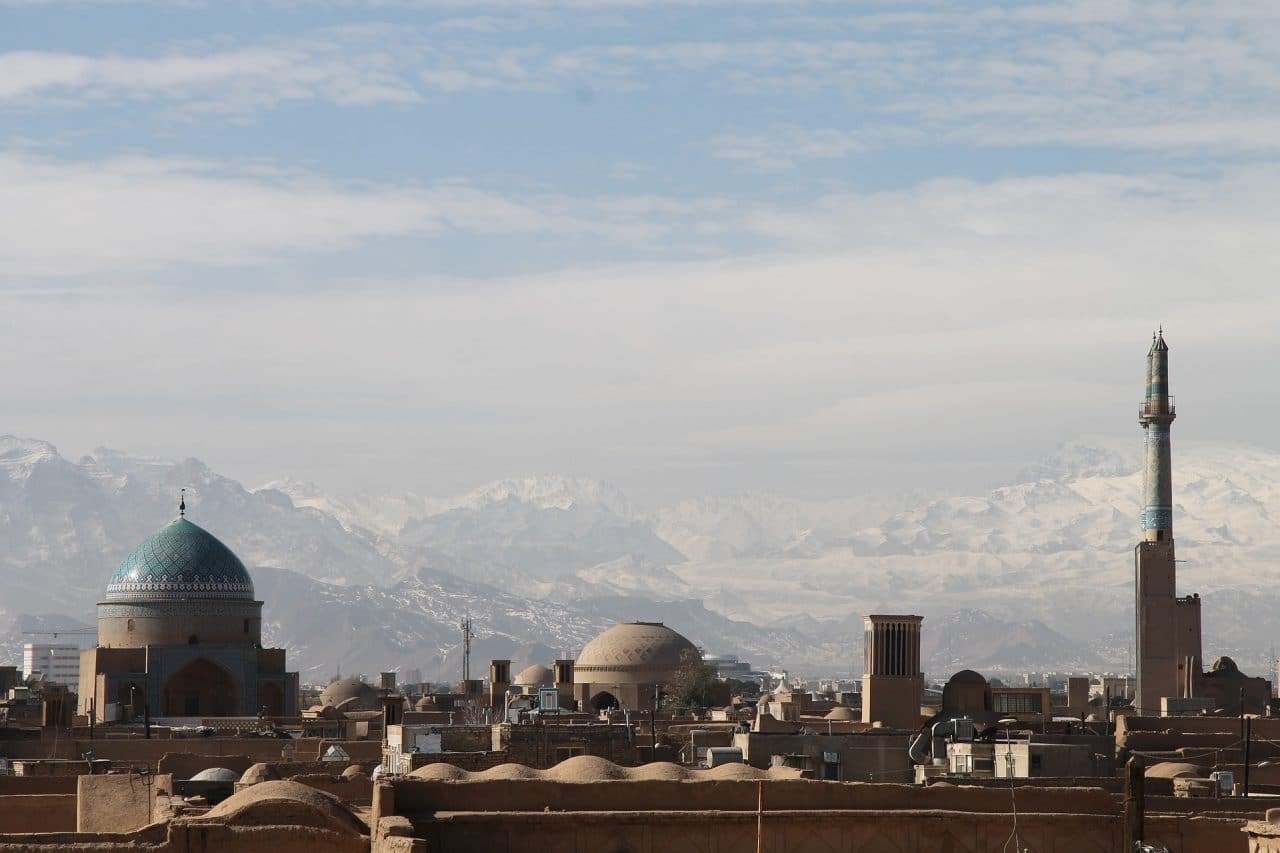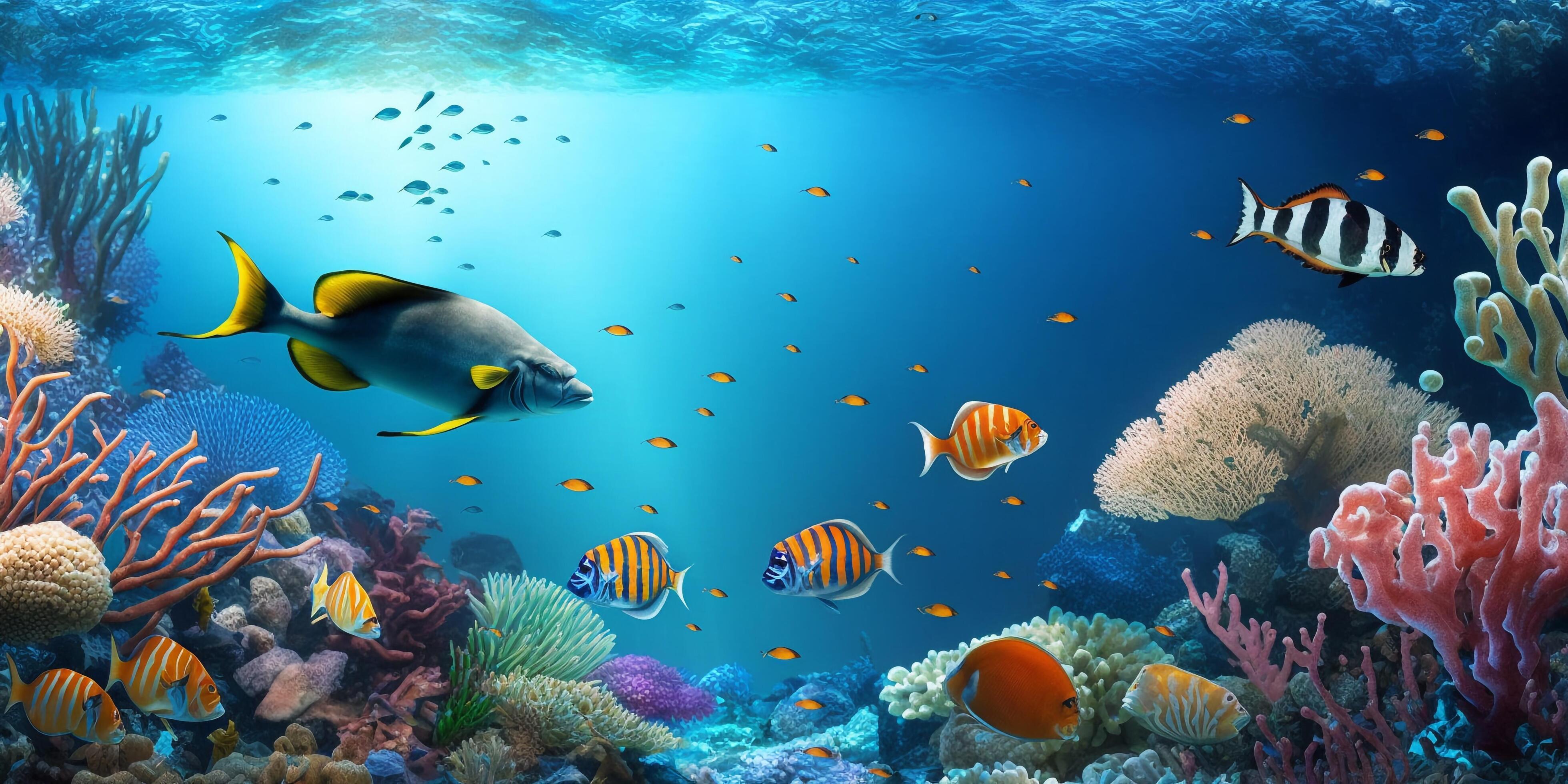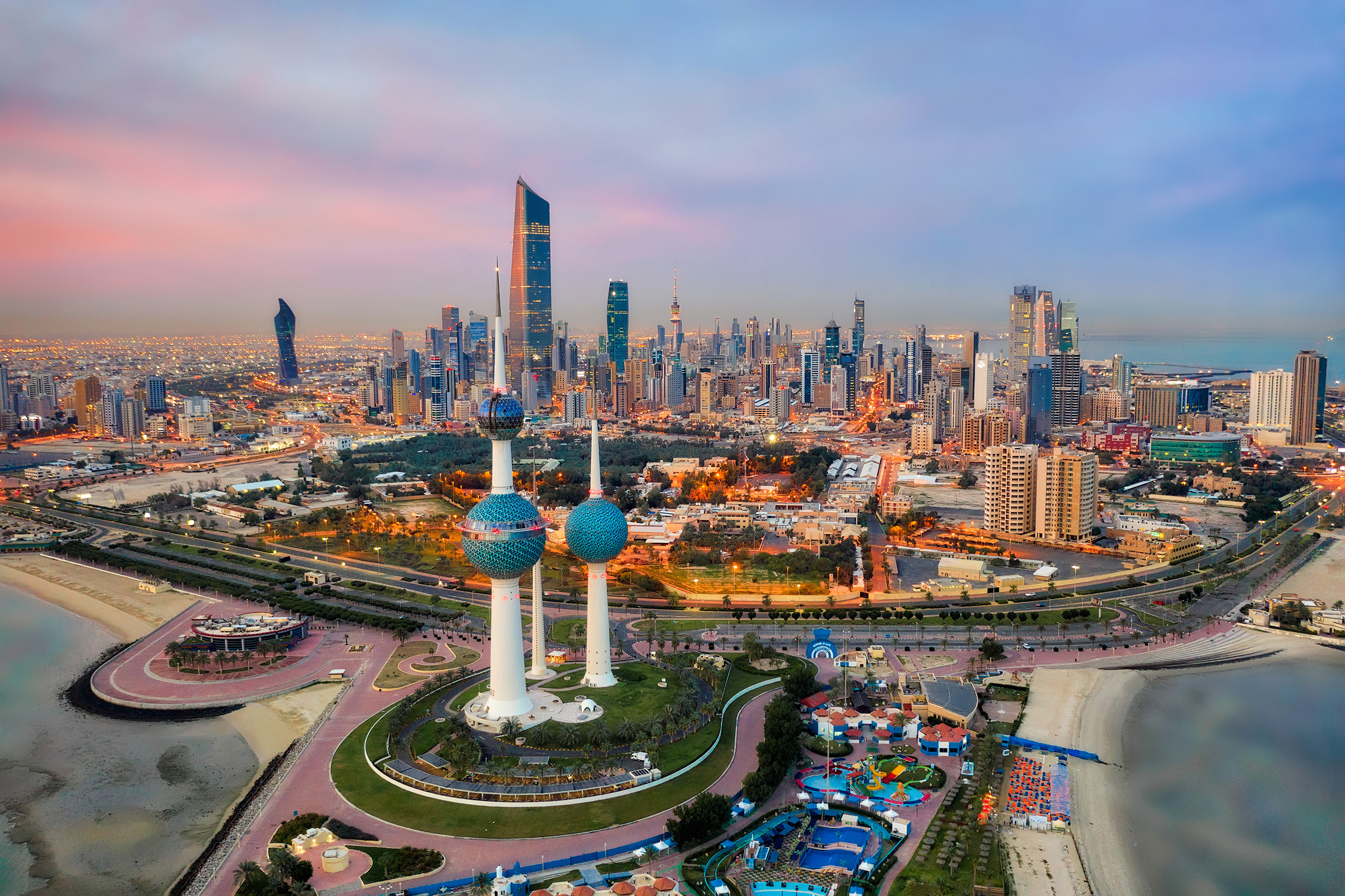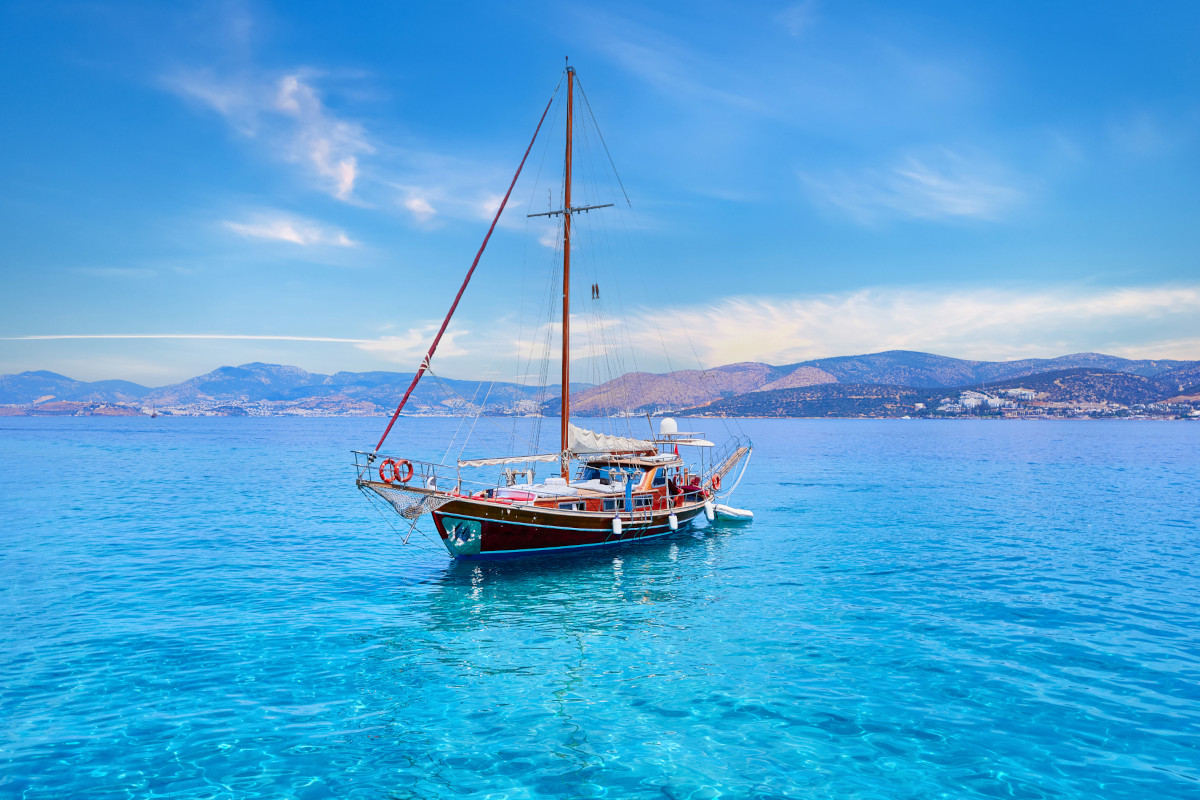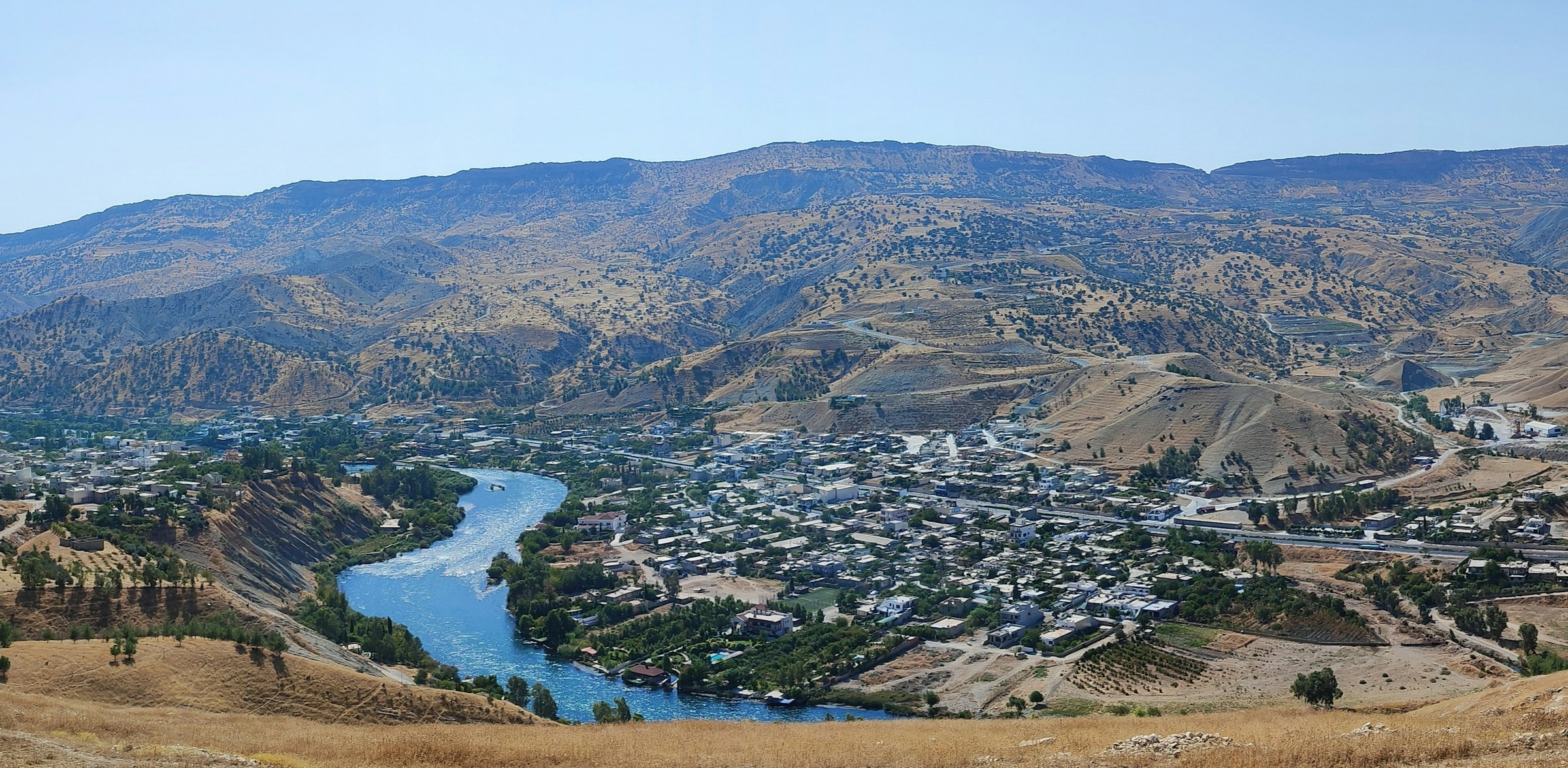ROPME Launches Its Vision 2035: A New Chapter for Regional Marine Protection
In a landmark event for environmental governance in the Arabian Peninsula, the Regional Organization for the Protection of the Marine Environment (ROPME) has unveiled its ambitious and forward-looking Strategic Plan, extending to the year 2035. This strategy marks a pivotal evolution in the region’s collective approach to safeguarding the fragile and vital ecosystems of the ROPME Sea Area (RSA), which includes the Persian Gulf, the Gulf of Oman, and the Strait of Hormuz.
More than just a policy document, the ROPME 2035 Strategy is a comprehensive roadmap, a declaration of intent, and a call to action for its eight member states—Bahrain, Iran, Iraq, Kuwait, Oman, Qatar, Saudi Arabia, and the United Arab Emirates. It represents a critical shift from reactive measures to a proactive, integrated, and future-proofed framework for environmental stewardship.
The Mandate for a New Strategy
The need for a refreshed and robust strategy is driven by an increasingly complex set of challenges:
- Accelerating Climate Change: Rising sea temperatures, ocean acidification, and sea-level rise pose existential threats to coastal communities and marine biodiversity.
- Intensifying Human Pressures: Rapid coastal urbanization, industrial expansion, and increased maritime traffic continue to strain the marine environment.
- Emerging Pollutants: The pervasive issue of marine plastic debris, along with contaminants of emerging concern (CECs) like pharmaceuticals and microplastics, require new monitoring and mitigation approaches.
- The Need for Regional Resilience: The strategy recognizes that the environmental security and economic prosperity of each member state are inextricably linked to the health of the shared marine commons.
Pillars of the 2035 Strategy
While the specific details are tailored to the region’s unique needs, the strategy is built upon several key interconnected pillars:
1. Enhanced Governance and Institutional Strengthening:
This focuses on fortifying ROPME’s role as the central coordinating body. It involves harmonizing national environmental regulations across member states, improving legal frameworks for enforcement, and boosting the capacity of national environmental agencies through training and resource sharing.
2. Science-Based Decision Making and Monitoring:
Building on the legacy of the ROPME Marine Cruises, this pillar emphasizes the modernization of data collection. It calls for integrating advanced technologies like remote sensing, artificial intelligence for data analysis, and genomic tools for biodiversity assessment. The goal is to create a dynamic, real-time understanding of the marine environment to inform policy.
3. Climate Change Adaptation and Ecosystem Resilience:
This is a central theme of the 2035 vision. The strategy outlines actions for protecting and restoring critical “blue carbon” ecosystems like mangroves, seagrass beds, and coral reefs, which serve as natural buffers against climate impacts and nurseries for marine life. It promotes nature-based solutions as a core adaptation strategy.
4. Pollution Prevention and Control:
Moving beyond baseline monitoring, the strategy sets ambitious targets for reducing land-based and sea-based pollution. This includes initiatives for improving wastewater management, reducing plastic leakage into the marine environment, and strengthening regional preparedness and response capabilities for oil spills and other marine emergencies.
5. Biodiversity Conservation and Sustainable Livelihoods:
The plan recognizes that a healthy marine environment is the foundation of economic stability. It integrates the conservation of critical habitats and species with the sustainability of key industries like fisheries and tourism, ensuring that economic development does not come at the expense of ecological integrity.
6. Awareness, Education, and Stakeholder Engagement:
ROPME 2035 acknowledges that top-down policy is insufficient. It champions a whole-of-society approach, launching initiatives to raise public awareness, embed environmental education in school curricula, and foster partnerships with the private sector, NGOs, and coastal communities.
The Path to Implementation: Cooperation is Key
The successful implementation of this strategy hinges on unprecedented levels of regional cooperation. It will require:
- Sustained Political Will: Continuous high-level commitment from all member states to prioritize and fund the strategy’s actions.
- Collaborative Funding Mechanisms: Exploring innovative regional financing models to ensure the long-term sustainability of the initiatives.
- Knowledge Exchange: Creating robust platforms for sharing scientific research, technological innovations, and best practices among member states.
- Active Civil Society Involvement: Engaging the public as active participants in conservation efforts, from beach clean-ups to citizen science programs.
Conclusion: A Bold Vision for a Shared Future
The launch of ROPME’s Strategy to 2035 is more than a procedural update; it is a bold and visionary commitment to a sustainable future. It signals a mature understanding that the challenges of the 21st century demand a collective, science-driven, and resilient response.
By setting a clear course for the next decade, ROPME and its member states are not only working to protect their invaluable marine resources but are also positioning the region as a global leader in cooperative environmental management. The health of the ROPME Sea Area is a barometer for regional well-being, and this strategy provides the essential tools to ensure that barometer points towards a thriving, prosperous, and blue future for all.

